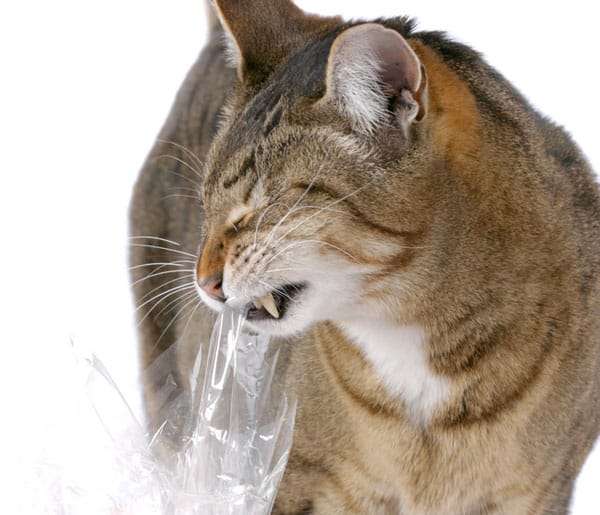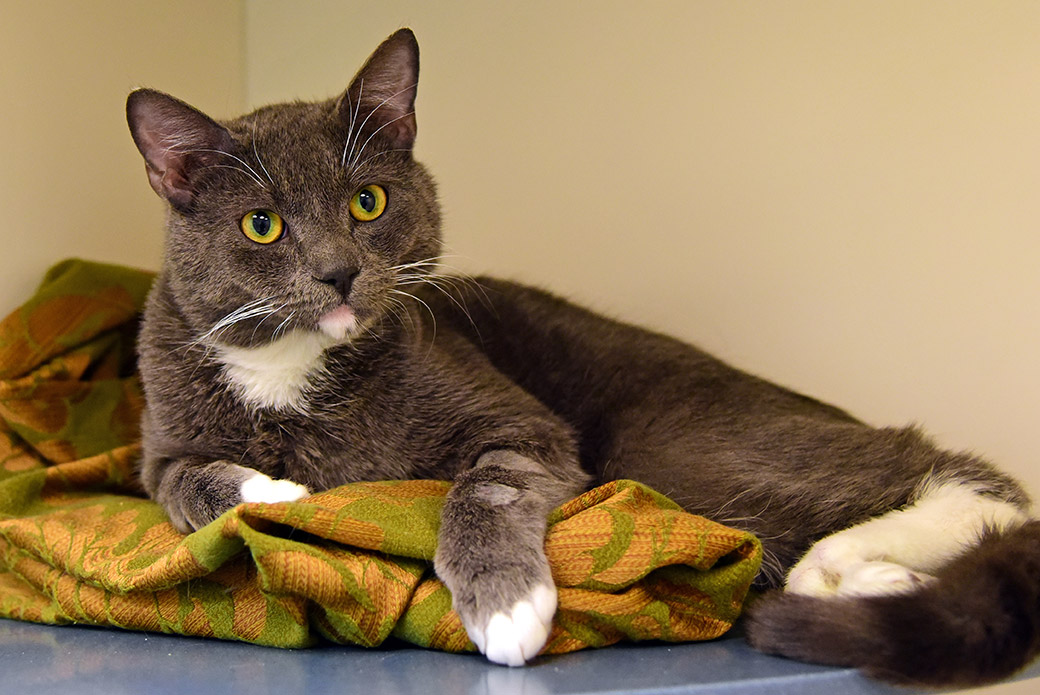

Fewer cats in the pica group had continuous free access (“ad libitum”) to food compared with the non pica cats where more cats did have continuous access to food. Further findings showed the pica cats preferred shoelaces, thread and plastic to fabrics. The pica cats exhibited significantly more vomiting along with other digestive signs than the non pica cats. In this study cats who chewed on an inedible object without ingesting it were not counted as this behavior was not considered pica.


The authors’ state: “this data strongly suggests that rehoming is one factor which may trigger pica.”Īnother study, led by Isabelle Deomntigny-Bedard, looking at pica and chewing behaviors, surveyed cats owners of 91 cats performing pica compared to owners of 35 cats who did not perform the behavior. Pica occurred within four months of rehoming in 81% of the cases. The majority of the cats in the study had been rehomed. Cotton was ingested more than any other material. Rubber or plastic materials led the choice in foreign objects. The cats demonstrated a clear preference for wool, followed by cotton and then synthetic fabrics. What then constitutes a “problem” behavior when looking at pica and cats, what else do we know about it and what interventions are useful?Ĭat experts John Bradshaw, Peter Neville and Diana Sawyer looked at pica behaviors in 152 cats, most of whom were Siamese and Burmese. Kneading and fabric suckling may be an intrinsically rewarding behavior for the cat and if the motivation is self soothing or pleasurable and not harmful should not be denied. Again, where the fabric is not being ingested, the behavior is not consistent with pica and really should not be a concern for the cat’s well being. As an indicator of stress, Pica is a sign of poor welfare for the cat.įabric suckling along with kneading with the forepaws may concern some cat owners and even has been termed as “infantile behavior” by certain experts and grouped in behaviors consistent with pica. It is important to rule out medical concerns initially when dealing with pica and to note that even when the basis is thought to be behavioral, there are cases where pica can contribute to intestinal blockage which can be quite dangerous. Various theories as to the motivation for the behavior range from medical conditions, to a need for more fiber in the diet, early weaning, emotional upset, stress or lack of choice and control. Pica also refers to eating non nutritive substances and is commonly seen in cats that suckle or consume fabric, plastic or foreign objects. Grass chewing in cats is not strictly pica as cats often exhibit a natural preference for grass when it is available and ingesting it may benefit digestion. It has been found to satisfy nutritional deficiencies when chalk, ashes, or bones are consumed for phosphorus or when clay or dirt is consumed for iron.

This behavior is seen in humans as well as cats. So why do some cats consume plastic, fabric and other inedible objects? “Pica” is defined as an atypical desire for and eating of substances not normally eaten. Cats are meat eaters and hunters, “obligate carnivores” who depend on those amino acids found only in meat for complete nutrition.


 0 kommentar(er)
0 kommentar(er)
